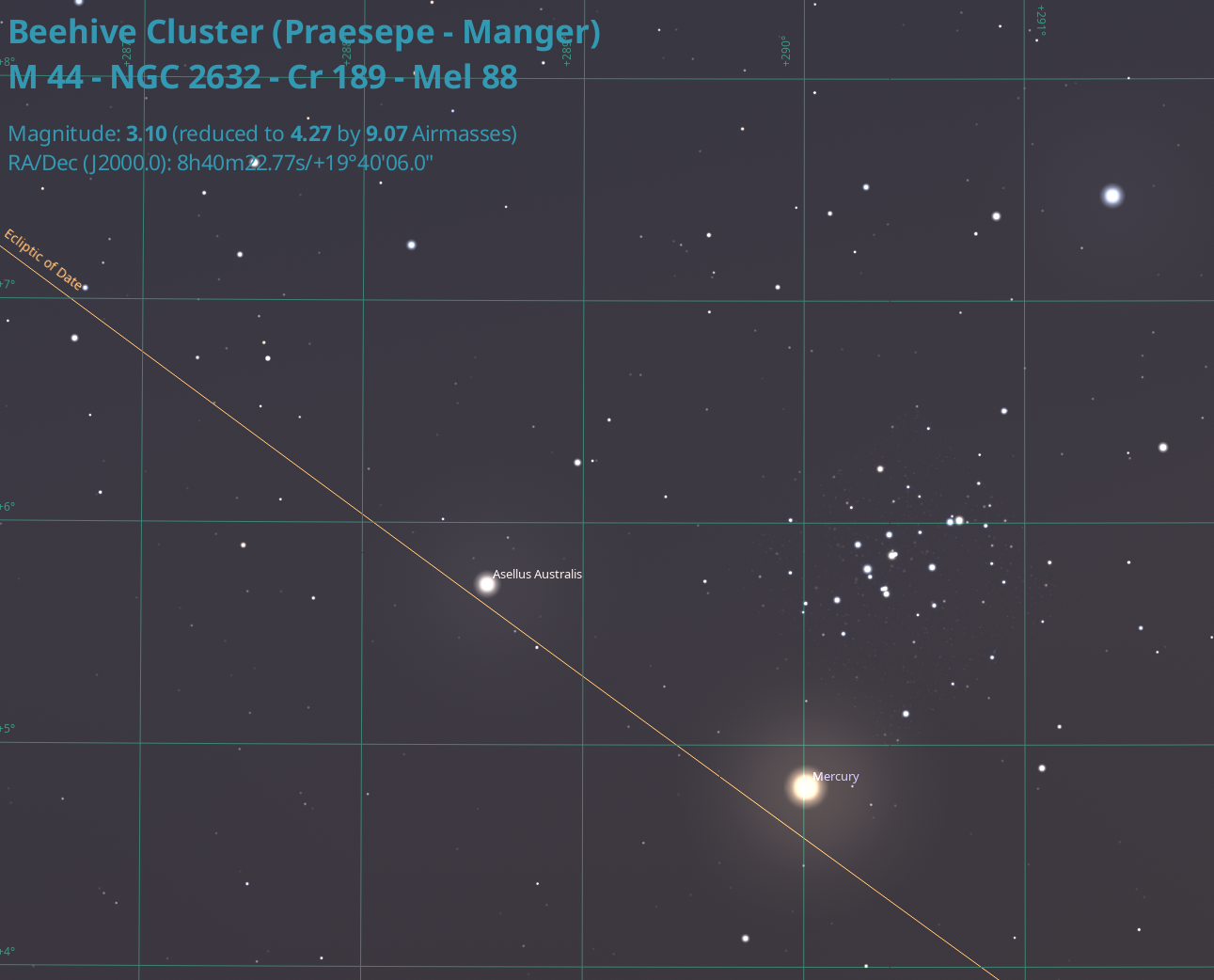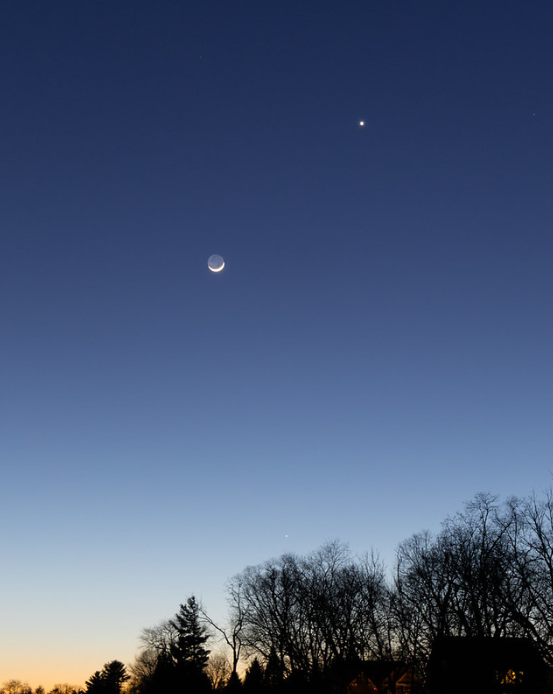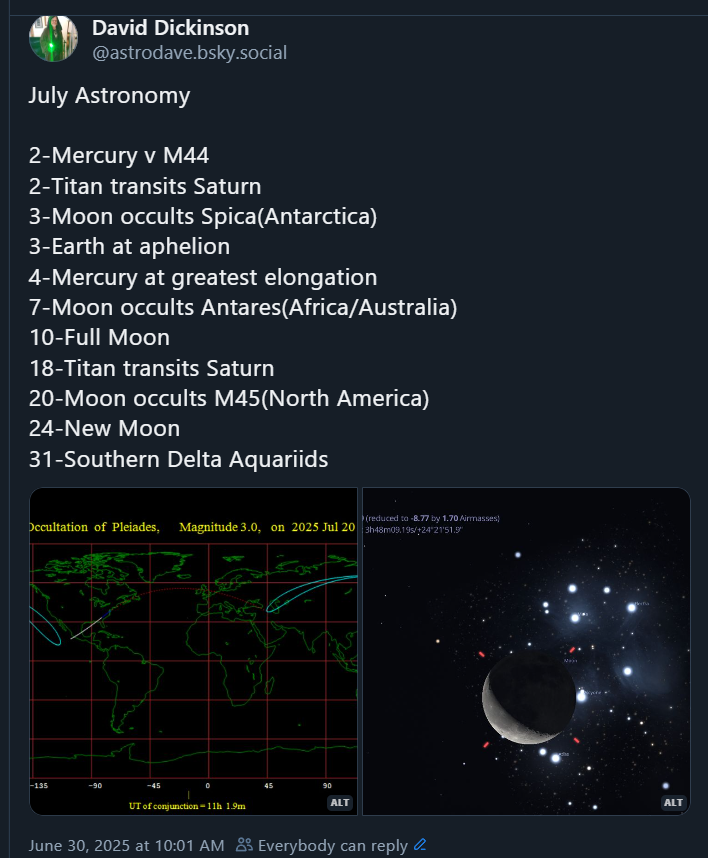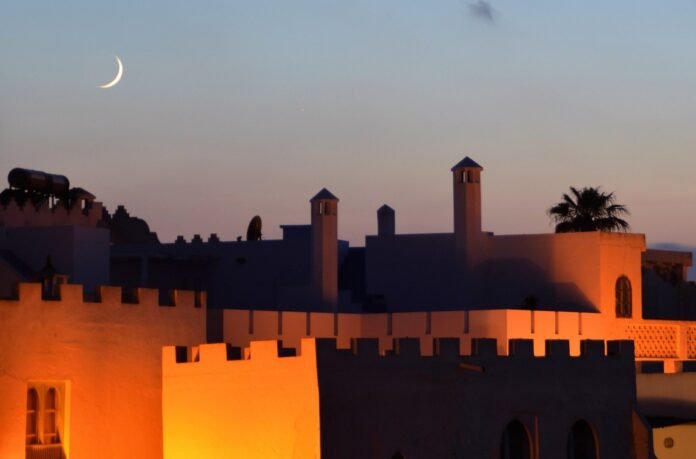July 2025 offers a fine chance to check Mercury off of your skywatcher’s life list.
For folks in the United States, July evenings mean 4th of July fireworks. While you’re waiting for the show, be sure to watch for the most elusive of the planets as twilight falls, as Mercury shines at its very best for 2025.
Mercury in July
If you’ve never seen the innermost world before, now is a good time to try. This is because Mercury reaches greatest elongation, or its greatest point from the Sun as seen from our Earthly vantage point later this week. Orbiting the Sun once every 88 days, Mercury reaches this point six times a year, alternating from east to west, flipping from the dusk into the dawn sky.
Not only is Mercury bashful, but not all elongations are created equal. These can vary by the time of the year and the season, which varies the angle of the ecliptic plane versus the horizon. Also, the distance Mercury sits from the Sun varies across its elongated, elliptical orbit. In July, Mercury reaches greatest elongation just 10 days prior to aphelion (its farthest point from the Sun) on July 14th.
Look low to the west for +0.5 magnitude Mercury, about 10 degrees above the horizon 30 minutes after sunset. Fainter +1.5 magnitude Mars is the only other planet on the July dusk scene, now receding from view.
 Looking west at dusk on July 4th. Credit: Stellarium.
Looking west at dusk on July 4th. Credit: Stellarium.
As a teaser, Mercury passes near the open cluster Messier 44 (the Beehive) on the evening of July 2nd. Then on Friday, Mercury is at its best dusk apparition for July on the 4th, at 26 degrees east of the Sun. This is one of three dusk elongations of Mercury for 2025.
 Mercury versus the Beehive cluster on the evening of July 2nd. Credit: Stellarium.
Mercury versus the Beehive cluster on the evening of July 2nd. Credit: Stellarium.
And yes, Mercury is in retrograde starting on July 17th, though you won’t be able to attribute Earthly woes to this apparent motion across the sky (sorry astrologers), you can watch as the planet enters SOHO’s LASCO C3 imager on July 27th. Mercury then reaches inferior conjunction passing between the Earth and the Sun on the final day of the month July 31st, and then heads into the dusk sky.
Unfortunately, there’s no transit this time around… we’ll have to wait until November 13th, 2032 to see the black dot of Mercury once more cross the Sun.
Mercury, Mars and the Moon do, however all meet up in the dusk sky for a fine triple conjunction on October 23rd.
July also sees the International Space Station enter a span of full illumination starting on July 6th, which runs out until July 11th. Can you nab Mercury along with the local fireworks show? How about Mercury, Fireworks and the ISS?
 The Moon, Venus and Mercury (lower center) from early 2025. Credit: Marion Haligowski.
The Moon, Venus and Mercury (lower center) from early 2025. Credit: Marion Haligowski.
Probably the very best event we have in July is the occultation of the Pleiades (Messier 45) by the waning crescent Moon for North America on July 20th.
 Top astronomy events for July 2025. Credit: Dave Dickinson (@AstroDave on Blue Sky).
Top astronomy events for July 2025. Credit: Dave Dickinson (@AstroDave on Blue Sky).
Don’t expect to see much from Mercury at the eyepiece. The planet will present an 8”, half-phase disk at greatest elongation, which you can follow as it thins to a crescent and gets larger through July. That’s just about all anyone had seen of Mercury throughout the telescopic era, until NASA’s Mariner 10 and later MESSENGER gave us closeup views of the enigmatic world. Up close, Mercury looks like our Moon, sans the flat maria plains.
The joint JAXA/ESA BepiColombo mission is poised to continue exploration of Mercury, when it enters orbit around the planet late next year.
Did you know: Mercury even exhibits a comet-like sodium ion tail, as its tenuous exosphere is blown back by the intense solar wind? This finding of the modern space era has actually been captured by dedicated amateur astronomers.
 The elusive sodium tail of Mercury. Credit: Hisayoshi Kato.
The elusive sodium tail of Mercury. Credit: Hisayoshi Kato.
Don’t forget to check out Mercury this coming weekend, as it leads the planetary show in the July dusk sky.


